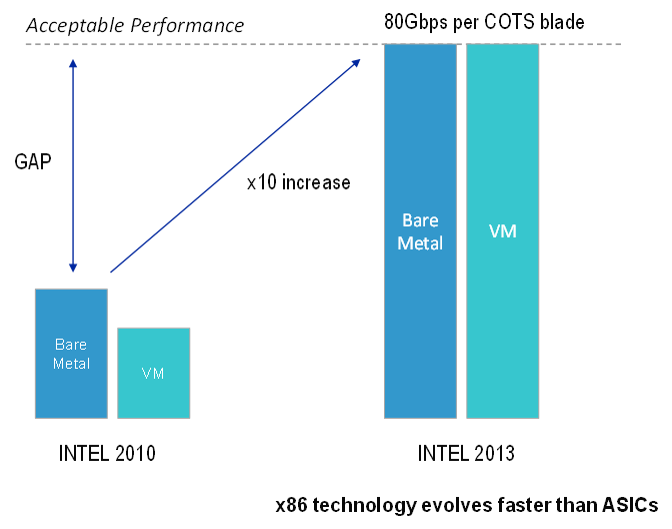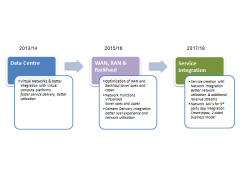
Enterprise Wi-Fi 6/7 is here to stay: 5G is not enough
Wi-Fi will retain its preeminent position for enterprise in-building connectivity, despite hype about 5G. New Wi-Fi 6/6E/7 generations are game-changers that entrench and extend its role and utility in verticals, especially with 6GHz spectrum. Telcos and policymakers should broaden their vision towards “network diversity” rather than solely focusing on 5G.






